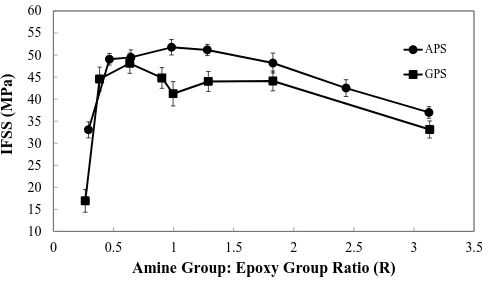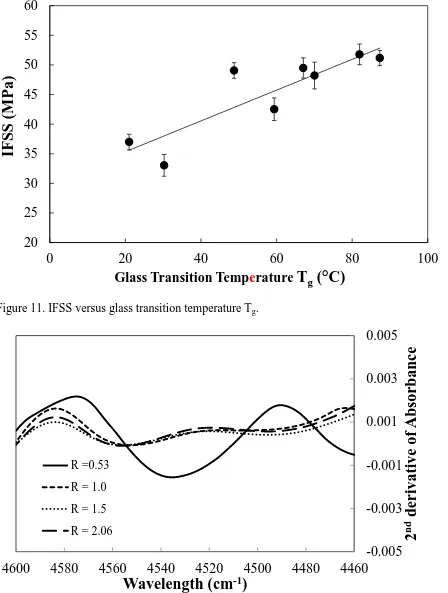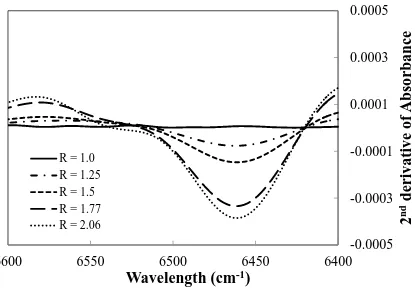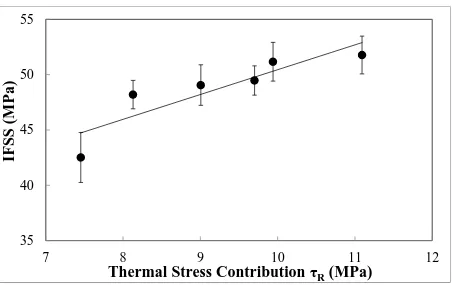The influence of hardener-to-epoxy ratio on the interfacial strength in glass fibre reinforced epoxy composites
Full text
Figure
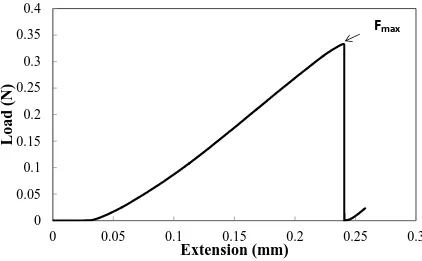
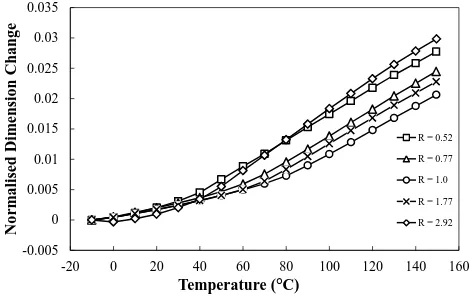
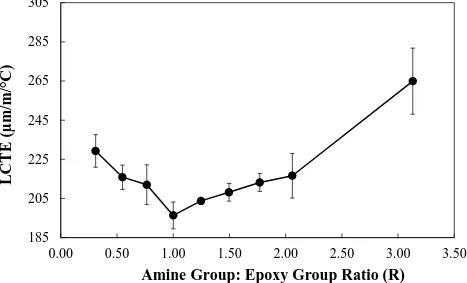
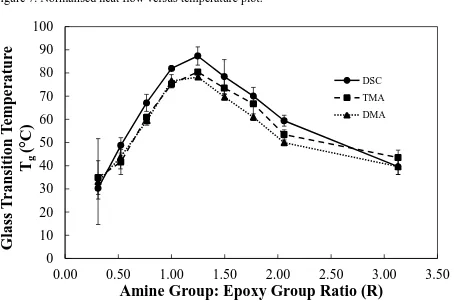
Related documents
The common genes between the top one hundred most influential probe-sets in the four tissue specific clusters and the top one hundred most influential probe-sets in the clusters
The passive exploitation of SRP (blue lines) allows an increase of the perigee height and an extension of the lifetime with respect to the drag-only scenario (green lines)
This paper deals with a novel and new approach on performance evaluation of tandem communication networks by characterizing that the arrival of packets with a non homogeneous
standard (“non-cellular”) company protected cell company choose one only (non-cellular is standard) incorporated cell company incorporated cell..
When CICS is connected to DB2 Version 5 or earlier, and so is not using the open transaction environment, the thread TCBs are subtasks created by the CICS DB2 attachment facility to
Parker provides sales assistance and local technical support through a network of dedicated sales teams and authorized technical distributors throughout Europe.. For
Following Nahapiet and Ghoshal’s (1998) multi-dimensional (structural and relational) framework of social capital, we show how group-based microfinance facilitates
of financing costs higher by €15.0 million vs last year mainly due to lower cash (€13.1 million) as capitalized interests and principal debt remain fairly stable. Deleveraging of
